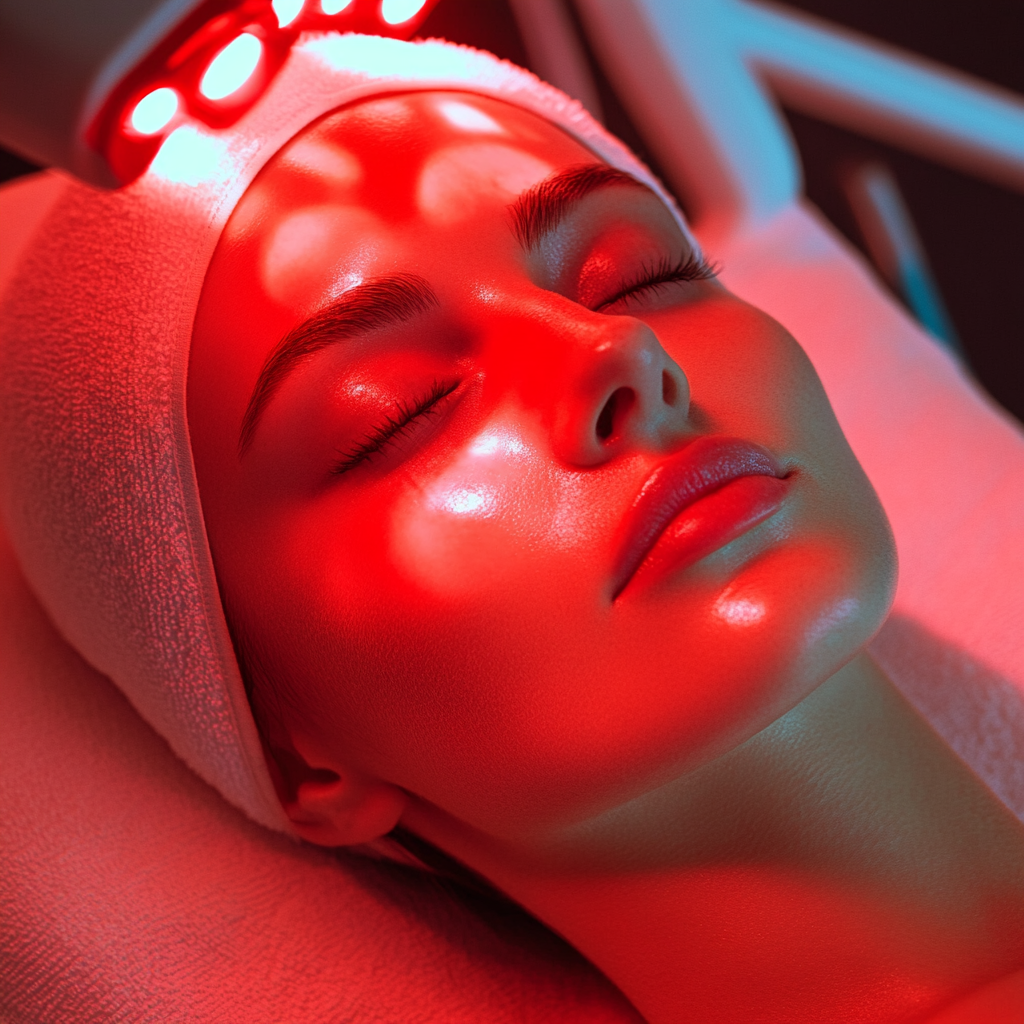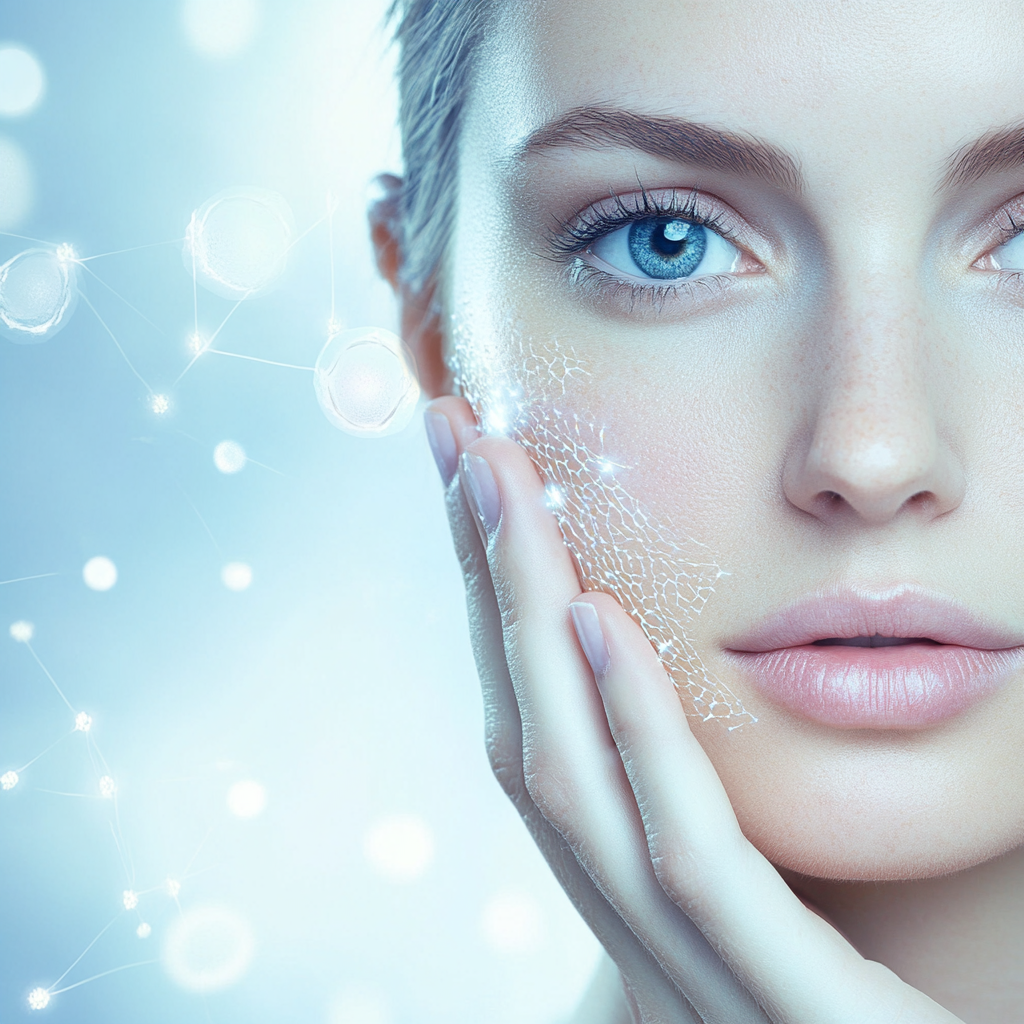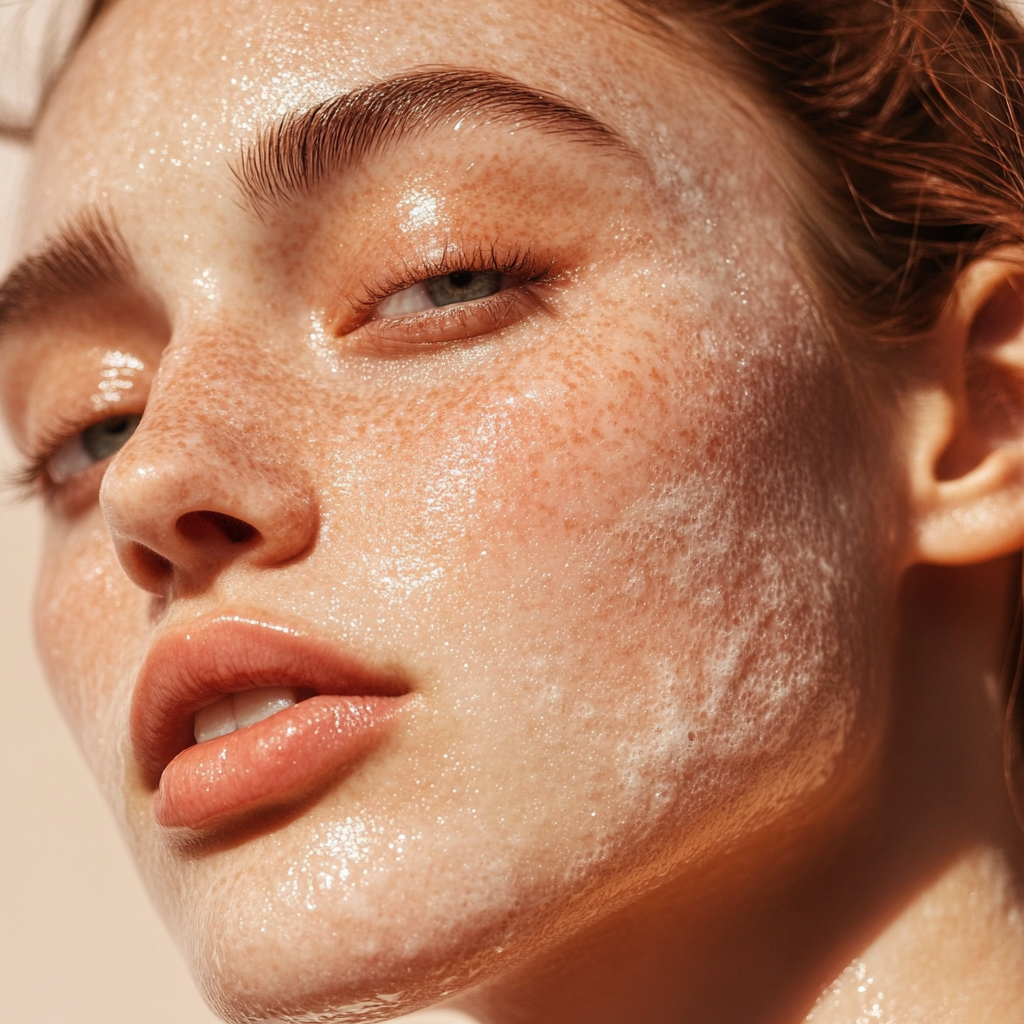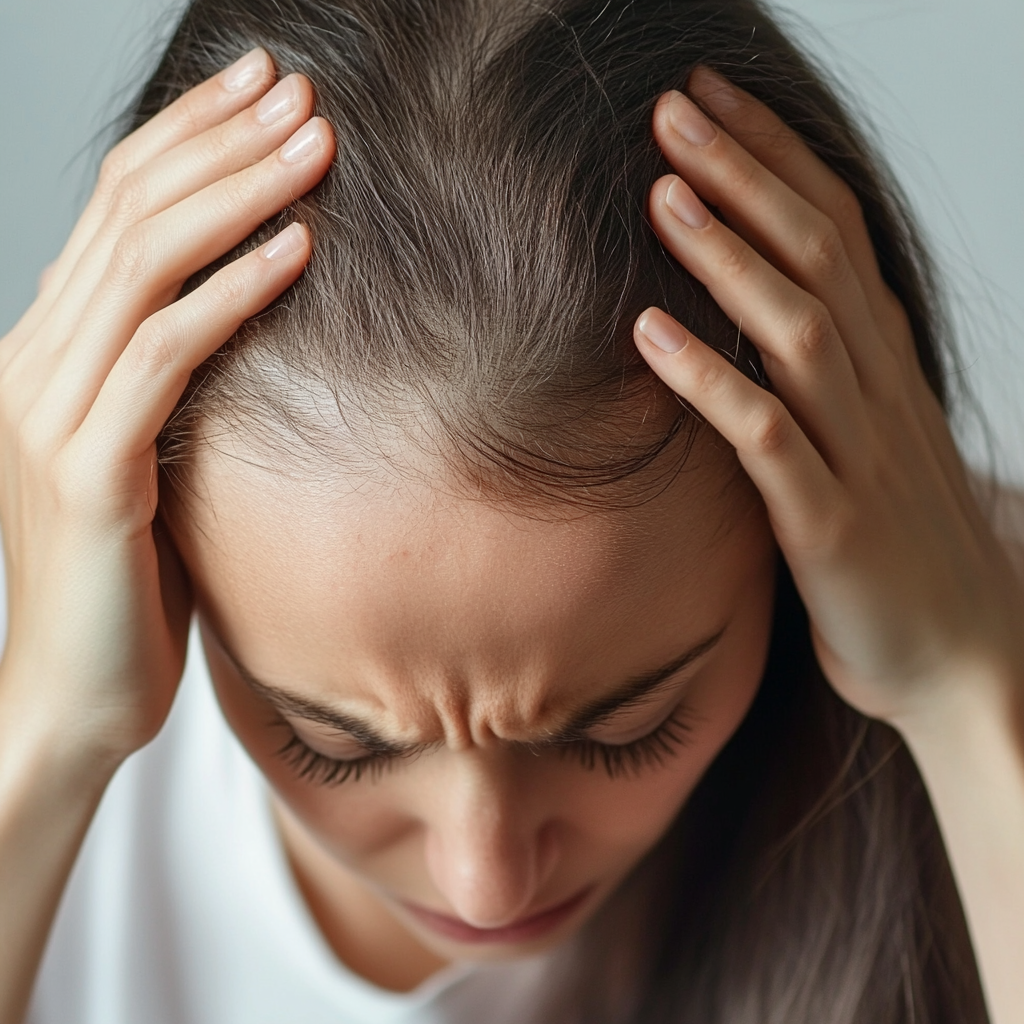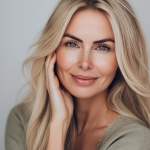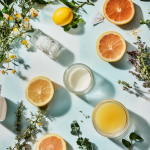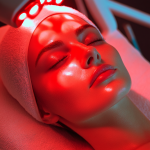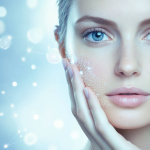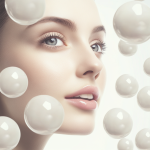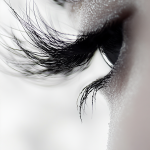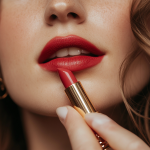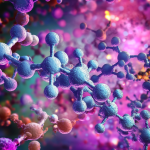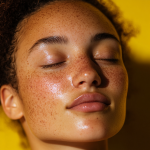Now Reading: The Truth About Retinol: Benefits, Side Effects & How to Use It Properly
-
01
The Truth About Retinol: Benefits, Side Effects & How to Use It Properly
The Truth About Retinol: Benefits, Side Effects & How to Use It Properly
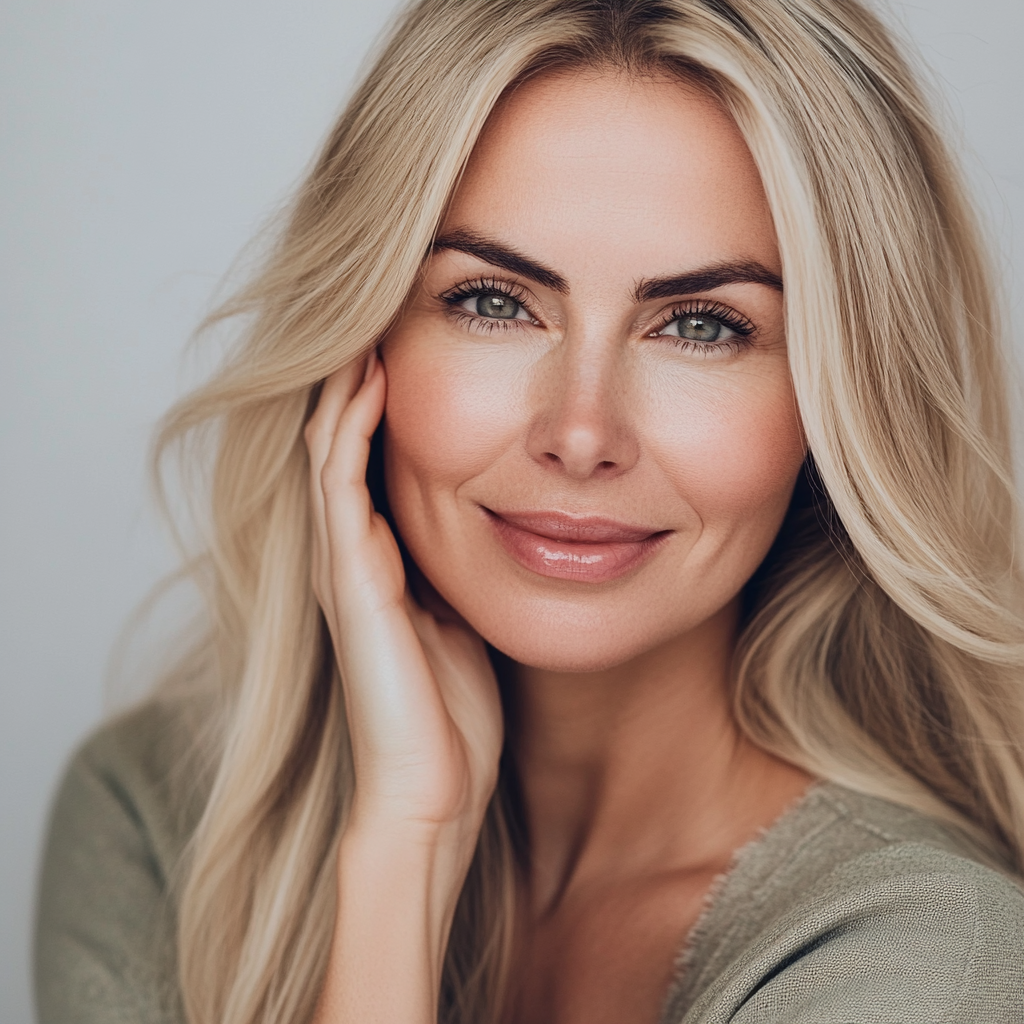
Introduction
Retinol has long been considered the gold standard in skincare for anti-aging, acne treatment, and overall skin rejuvenation. But despite its widespread use, many people misunderstand how it works, what side effects to expect, and how to incorporate it properly into their routine. This article breaks down the science of retinol, its proven benefits, potential drawbacks, and expert-recommended application tips.
What Is Retinol
Retinol is a vitamin A derivative that falls under the category of retinoids. It works by accelerating cell turnover, stimulating collagen production, and unclogging pores. Available in both over-the-counter (OTC) and prescription-strength formulas, retinol has been extensively studied for its efficacy.
Types of Retinoids:
✅ Retinol – The most common OTC retinoid; converts into retinoic acid in the skin.
✅ Retinaldehyde – A stronger OTC option, one step closer to retinoic acid.
✅ Adapalene (Differin) – A synthetic retinoid, FDA-approved for acne.
✅ Tretinoin (Retin-A) – A prescription-only retinoic acid, more potent than OTC versions.
✅ Tazarotene – The most powerful prescription retinoid, used for severe acne & aging.
The Proven Benefits of Retinol
Retinol has been extensively researched for its transformative effects on the skin. Clinical studies confirm its ability to:
1. Reduce Fine Lines & Wrinkles
🔹 Stimulates collagen & elastin production, improving skin firmness.
🔹 Reduces the appearance of fine lines & deep wrinkles over time.
🔹 Clinical studies show a 35% improvement in wrinkle depth after 12 weeks.
2. Improve Skin Texture & Tone
🔹 Speeds up cell turnover, revealing brighter, smoother skin.
🔹 Fades hyperpigmentation, sun spots, and melasma.
🔹 Boosts skin radiance by encouraging new cell growth.
3. Combat Acne & Unclog Pores
🔹 Reduces oil production & prevents breakouts.
🔹 Clears clogged pores, preventing blackheads & whiteheads.
🔹 Works well alongside salicylic acid & benzoyl peroxide for acne-prone skin.
4. Strengthen the Skin Barrier
🔹 Encourages hyaluronic acid production, improving hydration.
🔹 Helps reduce transepidermal water loss (TEWL).
🔹 Protects against environmental stressors & premature aging.
Side Effects: What to Expect & How to Minimize Them
While retinol is incredibly effective, it can cause temporary irritation, especially for beginners.
Common Side Effects:
⚠ Redness & Peeling – As skin adjusts, dryness & flaking can occur.
⚠ Increased Sensitivity – Skin may feel more sensitive to sun exposure.
⚠ Purging – Temporary breakouts as clogged pores clear out.
💡 How to Reduce Side Effects:
✅ Start Slow – Use 2-3x per week, then increase frequency.
✅ Moisturise Heavily – Follow up with hyaluronic acid or ceramide-rich creams.
✅ Use Sunscreen Daily – Retinol increases UV sensitivity. Or just use it at night, just before bed.
✅ Avoid Mixing with Harsh Actives – Steer clear of AHAs, BHAs, and benzoyl peroxide initially.
How to Use Retinol Properly
To maximize benefits while minimizing irritation, follow this expert-recommended routine:
Step-by-Step Retinol Application
1️⃣ Cleanse Gently – Use a non-stripping, sulfate-free cleanser.
2️⃣ Apply to Dry Skin – Damp skin absorbs more retinol, increasing irritation risk.
3️⃣ Use a Pea-Sized Amount – Apply a small, thin layer to the entire face.
4️⃣ Follow with Moisturiser – Lock in hydration with a ceramide-based cream.
5️⃣ Apply Sunscreen Daily – SPF 30+ is non-negotiable when using retinol.
Best Retinol Pairings for Maximum Results
✅ With Niacinamide – Reduces irritation & strengthens the skin barrier.
✅ With Peptides – Supports collagen production & elasticity.
✅ With Hyaluronic Acid – Enhances hydration & prevents dryness.
✅ With Melatonin – Helps repair skin overnight & enhances retinol efficacy.
Retinol FAQs & Common Myths
1. Can Retinol Thin the Skin?
❌ Myth! Retinol actually thickens the dermis by stimulating collagen.
2. Is Retinol Safe for Sensitive Skin?
✅ Yes, but start with a low-strength formula (0.1%-0.3%) and buffer with moisturizer.
3. How Long Until Results Are Visible?
⏳ 4-12 weeks, depending on skin type and product strength.
4. Can You Use Retinol Around the Eyes?
✅ Yes, but use a gentle, ophthalmologist-tested formula.
Final Thoughts: Is Retinol Right for You?
Retinol is one of the most powerful evidence-backed ingredients for youthful, clear skin. However, proper use is essential to avoid irritation and maximize results.
Key Takeaways:
✅ Start slow and increase usage gradually.
✅ Pair with hydration & barrier-supporting ingredients.
✅ Always wear sunscreen to protect against UV sensitivity. Or apply at before bed.
✅ For prescription-strength results, consult a dermatologist.

